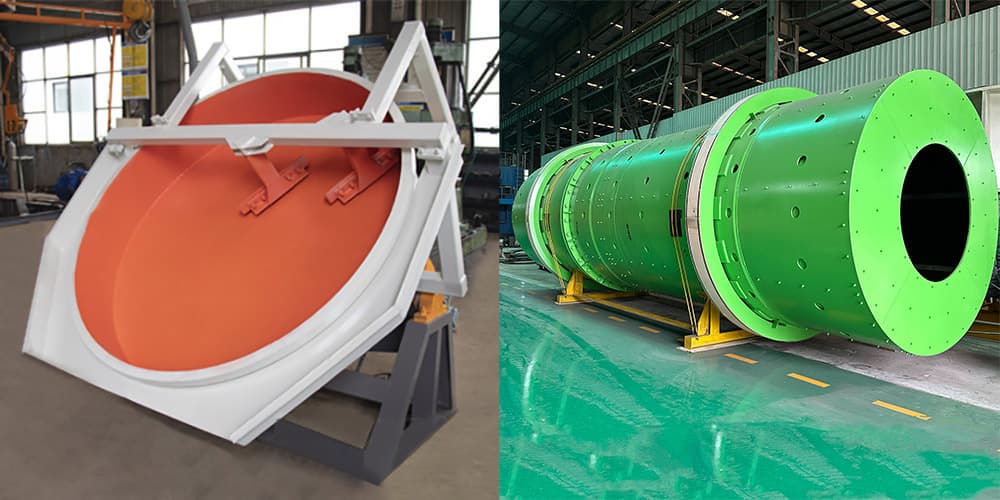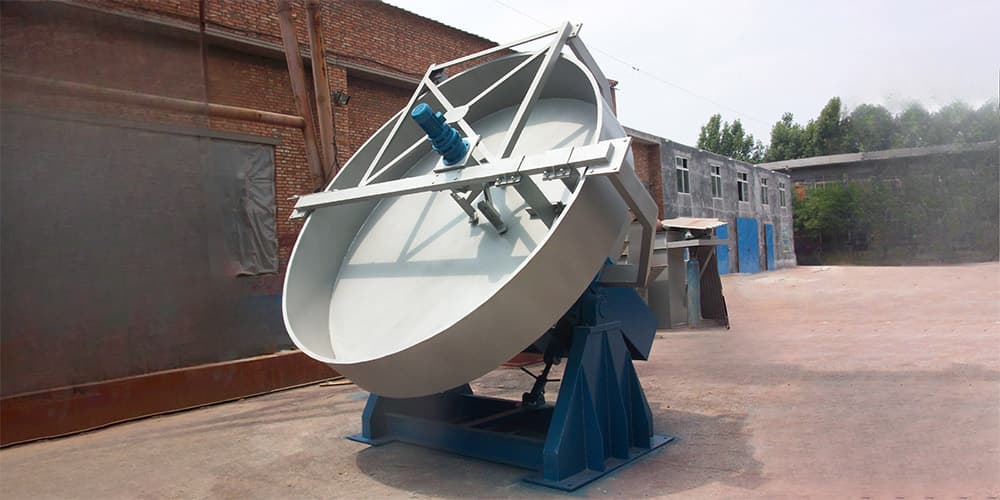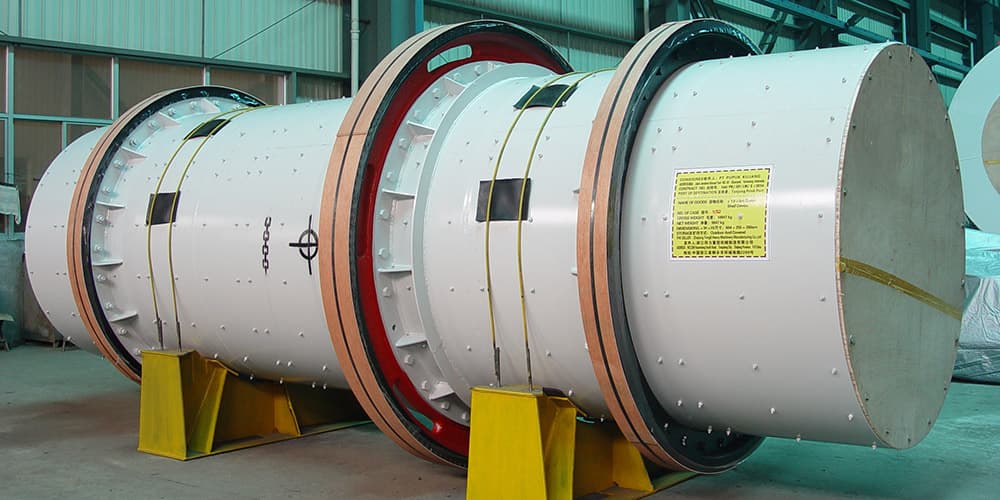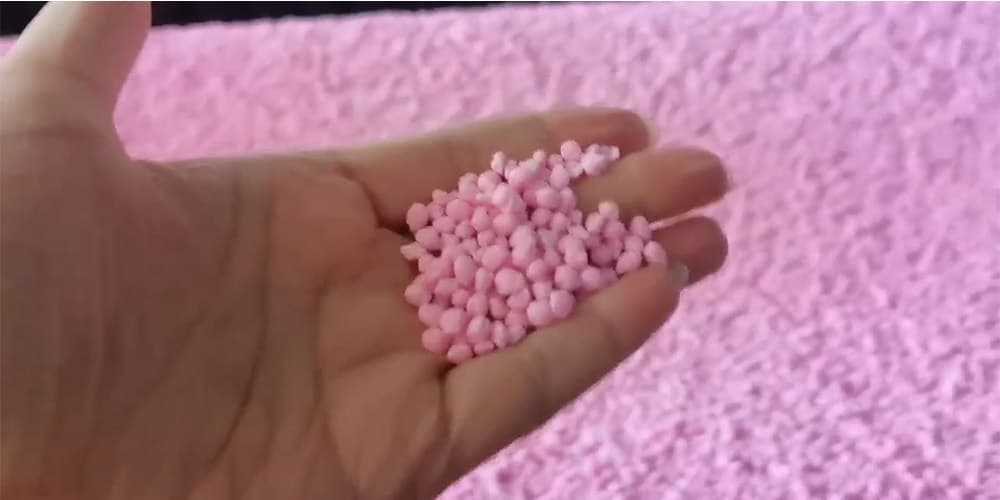Rotary Drum granulator Or Disc Pelletizing?
When building a pelletizing plant, producers are often faced with the dilemma of choosing between a rotary drum pelletizer and a disk pelletizer. Although the choice may seem complex, it is possible to make an informed decision by taking into account material properties and process objectives. In this article, we will compare the characteristics of these two types of equipment in detail to help you choose the best pelletizing equipment for your needs.

How to choose the best granulator equipment for you?
In many cases, the choice between a rotary drum or disk pelletizer depends on historical preference. Certain industries may have used one of these machines for a long time and developed inherent operating habits. However, as technology advances and needs change, re-evaluating equipment choices may provide unexpected benefits.
Process Recovery and Efficiency
Recovery is one of the most significant differences between the two types of equipment:
- Disc granulators have lower recovery, which is more desirable when a subsequent drying process is required, as less material needs to be dried, resulting in improved energy efficiency.
- The rotating drum has a higher recovery, which serves as a process buffer. When process conditions change, high recovery can help stabilize output.
Some processes may require a certain amount of recovery for efficiency, especially if a needle mixer is used. In this case, the high recovery volume of the rotating drum may be more advantageous.

Expected output of the pelletizing plant
Another aspect to consider when choosing between a rotary drum granulator and a disk granulator is the throughput. When it is necessary to run very high throughputs, rotary drums are usually the preferred equipment. Typically, rotary drums can handle higher throughputs than disk granulators. It may take several disk granulators to achieve the desired output, whereas only one drum is needed to achieve the same output.
While rotary drums allow for higher throughputs, disc pelletizers are the preferred equipment when a tight size range is required.
Product refinement and operation monitoring
Disc pelletizers are more flexible in terms of product customization:
- Several parameters such as disk speed, angle, depth, feed position, etc. can be adjusted to precisely control the granule characteristics.
- But this also means that closer monitoring is required, and one operator can usually only manage a few disk granulators.
In contrast, rotary drums have fewer parameters to adjust, but a single operator can monitor several machines at the same time.

System openness and environmental control
Another aspect to consider when choosing between a rotary drum and a disk pelletizer is the need for a closed system. Rotary drums are considered “closed systems” because the aggregation process occurs within the drum, which means the vessel can be sealed to help control dust and odors. A disk granulator is considered an open system because the operation takes place in a less sealed environment than a drum, although a hood can be used to contain the material on the disk.
Maintenance Requirements
Maintenance for disk granulators is relatively simple and primarily involves replacing scrapers and nozzles.
Rotary drums have more components that require regular maintenance and replacement.
Regardless of which machine you choose, proper maintenance is key to ensuring performance.
Key differences between disk granulators and rotary drum granulators
- Recovery: The recovery of a disk granulator is much lower than that of a rotary drum. This is more efficient when the material requires subsequent drying, as there are fewer recoveries to dry.
- Throughput: Rotary drums can usually handle higher throughputs. A single drum may be able to achieve a capacity that would require multiple disk granulators.
- Product fineness: Disc pelletizers allow for finer product customization and adjustment. Several parameters such as disk speed, angle, depth, feed position, etc. can be adjusted to precisely control pellet size.
- Operational Monitoring: Disc pelletizers require closer monitoring and an operator can only monitor a few units. An operator can monitor several rotating drums at the same time.
- System openness: Rotary drums are closed systems, allowing for better control of dust and odors. Disc pelletizers are relatively open systems.
- Maintenance Requirements: Disk pelletizers have fewer maintenance needs, mainly scraper and nozzle replacement. Rotary drums have more components that require regular maintenance and replacement.
- Process buffer: The higher recovery in a rotating drum acts as a process buffer, whereas in a disk pelletizer, due to the low recovery, changes in conditions can immediately affect the output.
- Applicable Scenarios: When a tightly controlled range of particle sizes is required, the disk granulator is more suitable. And for large-scale, high-volume production, rotary drums are more commonly used.

Comparison of Rotary Drum Granulator and Disc Granulator Summary
| Feature | Rotary Drum Granulator | Disc Granulator |
|---|---|---|
| Production Capacity | High | Medium |
| Particle Size Range | Wider | Narrower |
| Recycling Rate | High | Low |
| Customization Level | Low | High |
| System Type | Closed | Open |
| Maintenance | Complex | Simple |
| Suitable Materials | Materials easy to granulate, large particle materials | Materials difficult to granulate, fine particle materials |
Whether to choose a disk granulator or a rotary drum granulator requires comprehensive consideration of a number of factors, including material properties, output requirements, product fineness requirements, operating environment, maintenance capabilities and so on.
Each type of equipment has its own advantages and applicable scenarios:
- Disc granulators are suitable for scenarios that require tight control of particle size, low recovery, and a high degree of customization.
- Rotary drums granulators are suitable for mass production scenarios that require high throughput and high process stability.
Ultimately, the choice should be based on your specific needs and process requirements. It is recommended that a thorough feasibility test is conducted before making a decision to ensure that the most suitable equipment is selected for your needs. If you need any further information, please feel free to contact TONGLI, a professional manufacturer of compound fertilizer production line equipment, we can provide you with professional advice and customized solutions.

